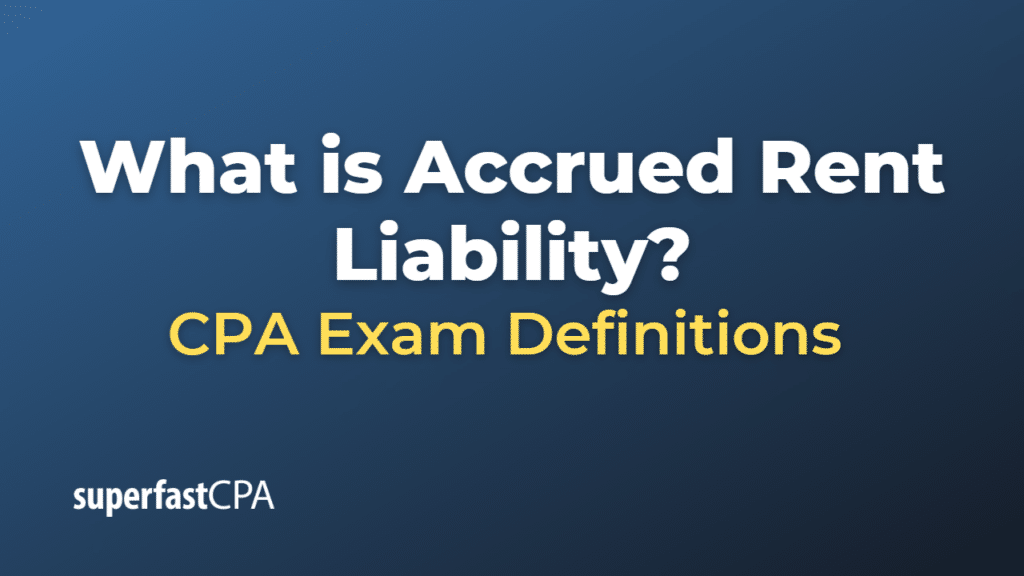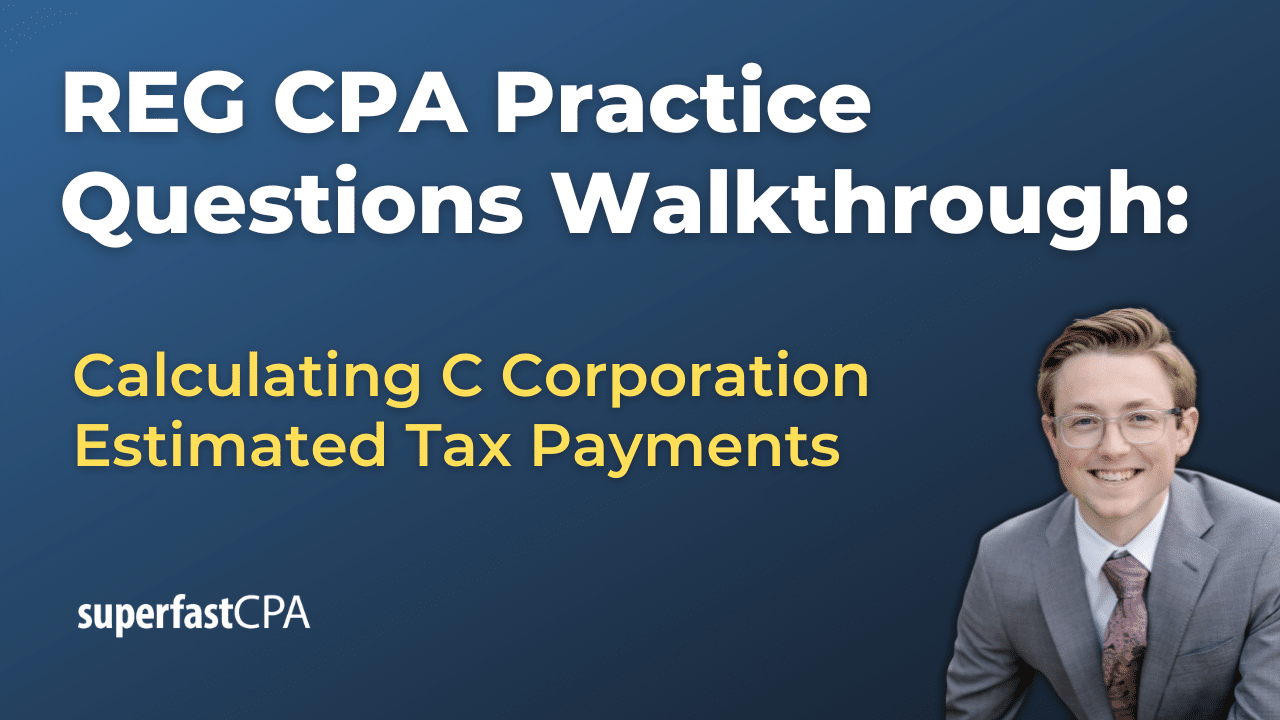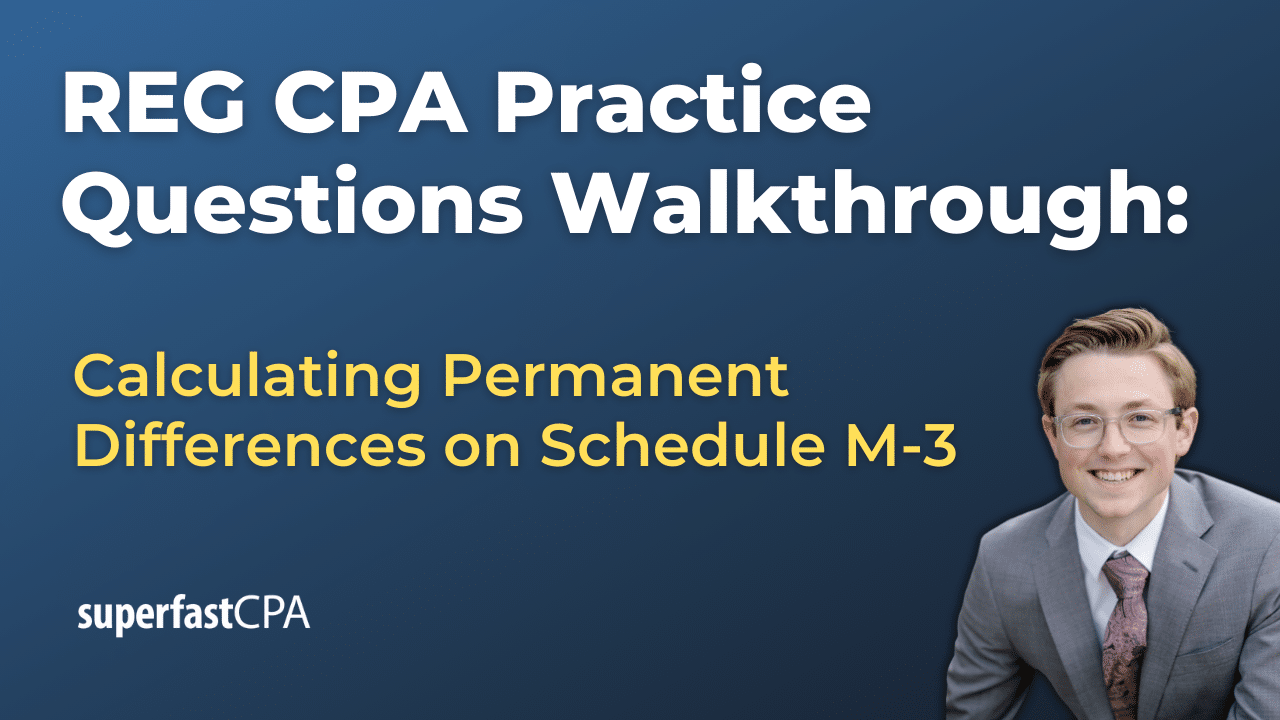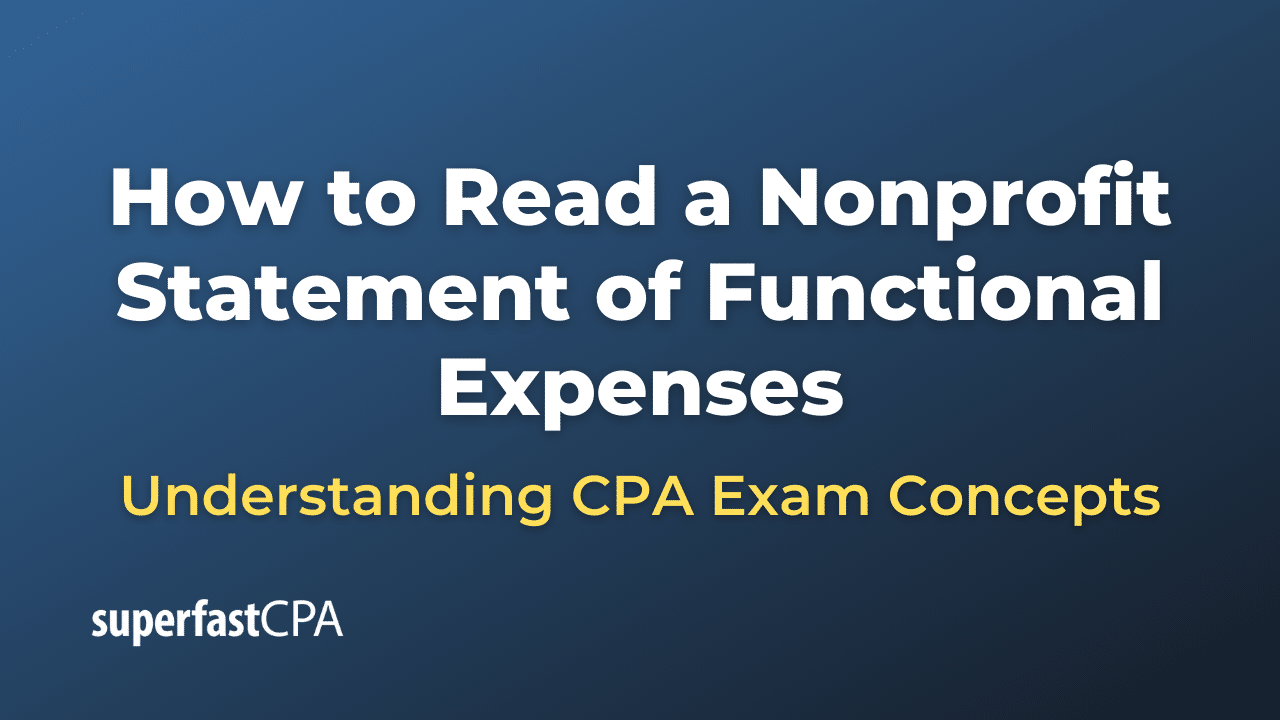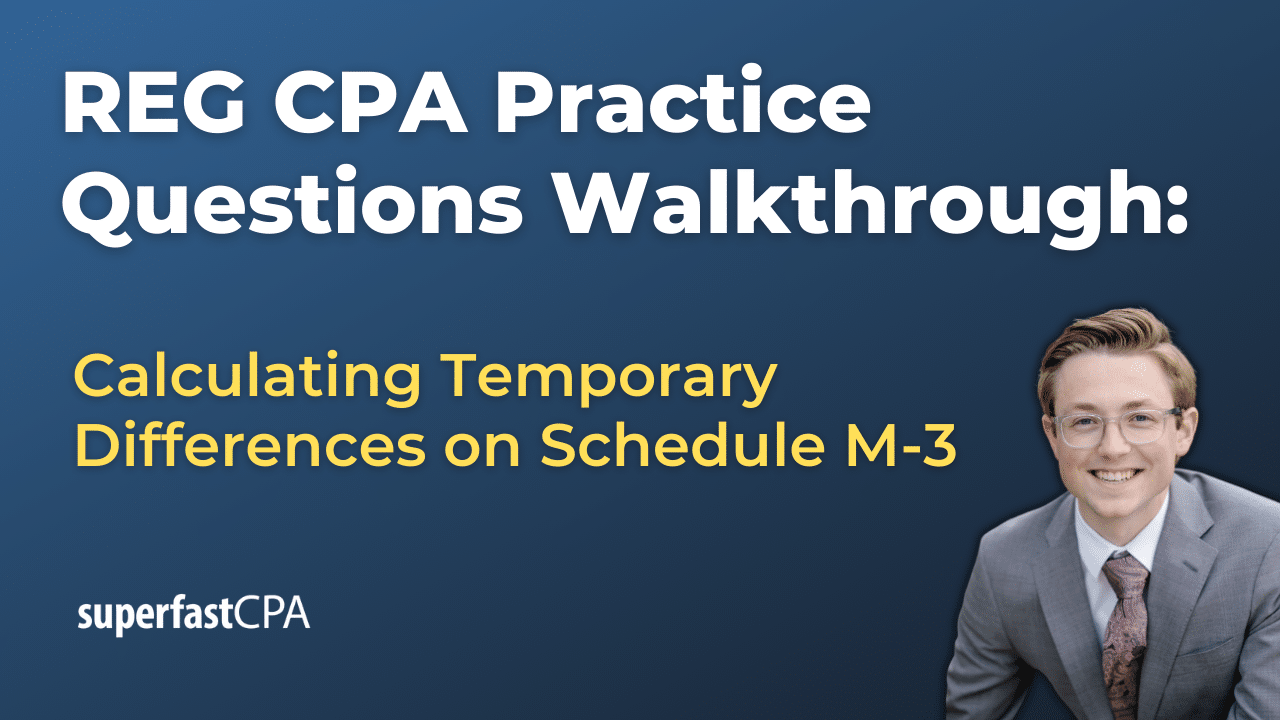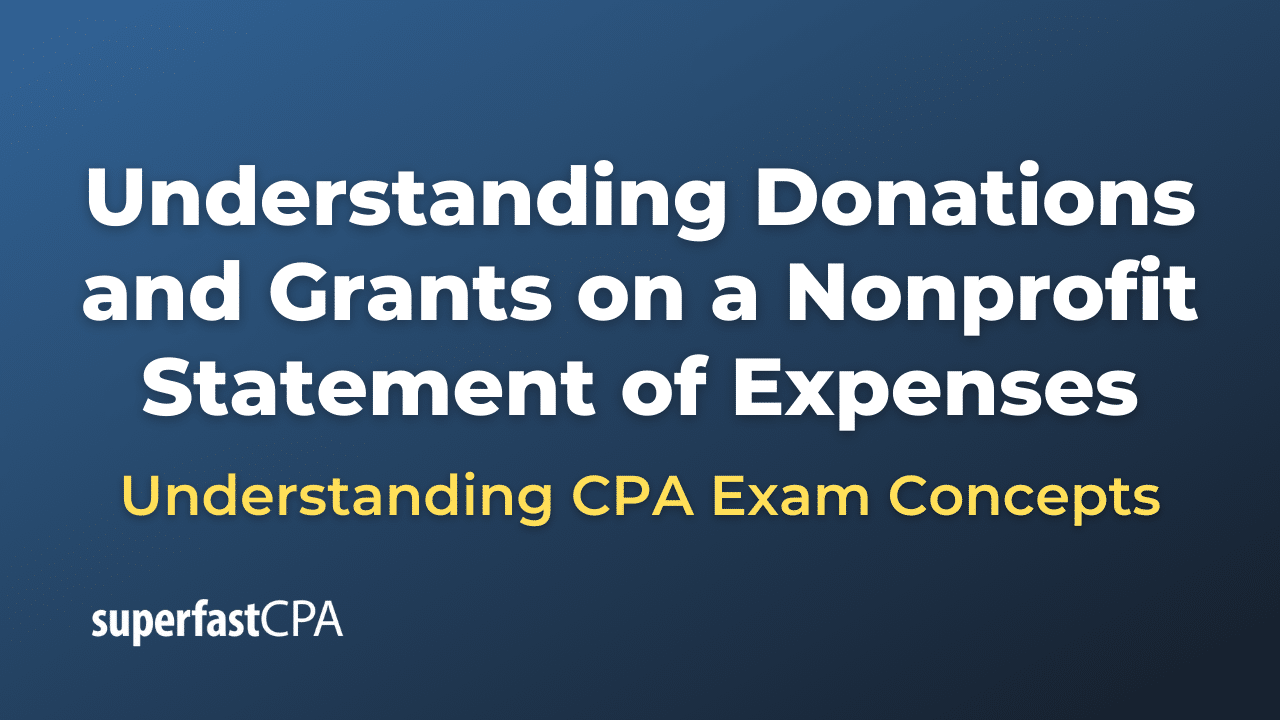Accrued Rent Liability
Accrued rent liability is an accounting concept that represents the amount of rent a tenant owes to a property owner but has not yet paid. This liability arises when a tenant has used a rented property during a specific accounting period but has not yet paid the rent for that period. Accrued rent liability is commonly found on a company’s balance sheet when it rents property for its operations, such as office space or a warehouse.
In the accrual basis of accounting, expenses are recognized when they are incurred, not when they are paid. This means that accrued rent liability must be recorded in the financial statements for the period during which the rent expense is incurred, even if the payment has not yet been made.
To record accrued rent liability, a tenant would make a journal entry at the end of the accounting period debiting the rent expense account and crediting the accrued rent liability account. Once the rent is paid, the tenant would reverse the liability and reduce the cash account with a corresponding journal entry.
Here’s an example:
Imagine a company, TechCorp, that rents office space with a monthly rent of $10,000, payable on the 7th of the following month. TechCorp’s accounting period ends on December 31st, but the rent payment for December is due on January 7th. To recognize the accrued rent liability, TechCorp would record the following journal entry on December 31st:
Debit: Rent Expense – $10,000 Credit: Accrued Rent Liability – $10,000
This entry records the rent expense for the period and the accrued rent liability on the balance sheet. When TechCorp pays the rent on January 7th, it would record the following journal entry:
Debit: Accrued Rent Liability – $10,000 Credit: Cash – $10,000
By recording the accrued rent liability, TechCorp ensures that its financial statements accurately reflect its financial performance and obligations for the accounting period, providing a clearer picture of its financial health for management, investors, and other stakeholders.
Example of Accrued Rent Liability
Let’s consider a hypothetical example to illustrate accrued rent liability.
Imagine a company called ABC Enterprises rents a warehouse for its operations. The monthly rent for the warehouse is $8,000, payable on the 10th of the following month. ABC Enterprises follows the accrual basis of accounting, and its accounting period ends on June 30th.
During the month of June, ABC Enterprises uses the warehouse as usual but has not yet paid the rent for June. The rent payment for June is due on July 10th. To account for the accrued rent liability, ABC Enterprises needs to recognize the rent expense incurred during the June accounting period, even though the payment has not yet been made. On June 30th, ABC Enterprises would record the following journal entry:
Debit: Rent Expense – $8,000 Credit: Accrued Rent Liability – $8,000
This journal entry recognizes the rent expense for the accounting period and records the accrued rent liability as a liability on the balance sheet. Once ABC Enterprises pays the rent on July 10th, it will reverse the accrued rent liability and decrease the cash account with the following journal entry:
Debit: Accrued Rent Liability – $8,000 Credit: Cash – $8,000
By recording the accrued rent liability, ABC Enterprises ensures that its financial statements accurately reflect its financial performance and obligations for the accounting period, providing a clearer picture of its financial health for management, investors, and other stakeholders.

